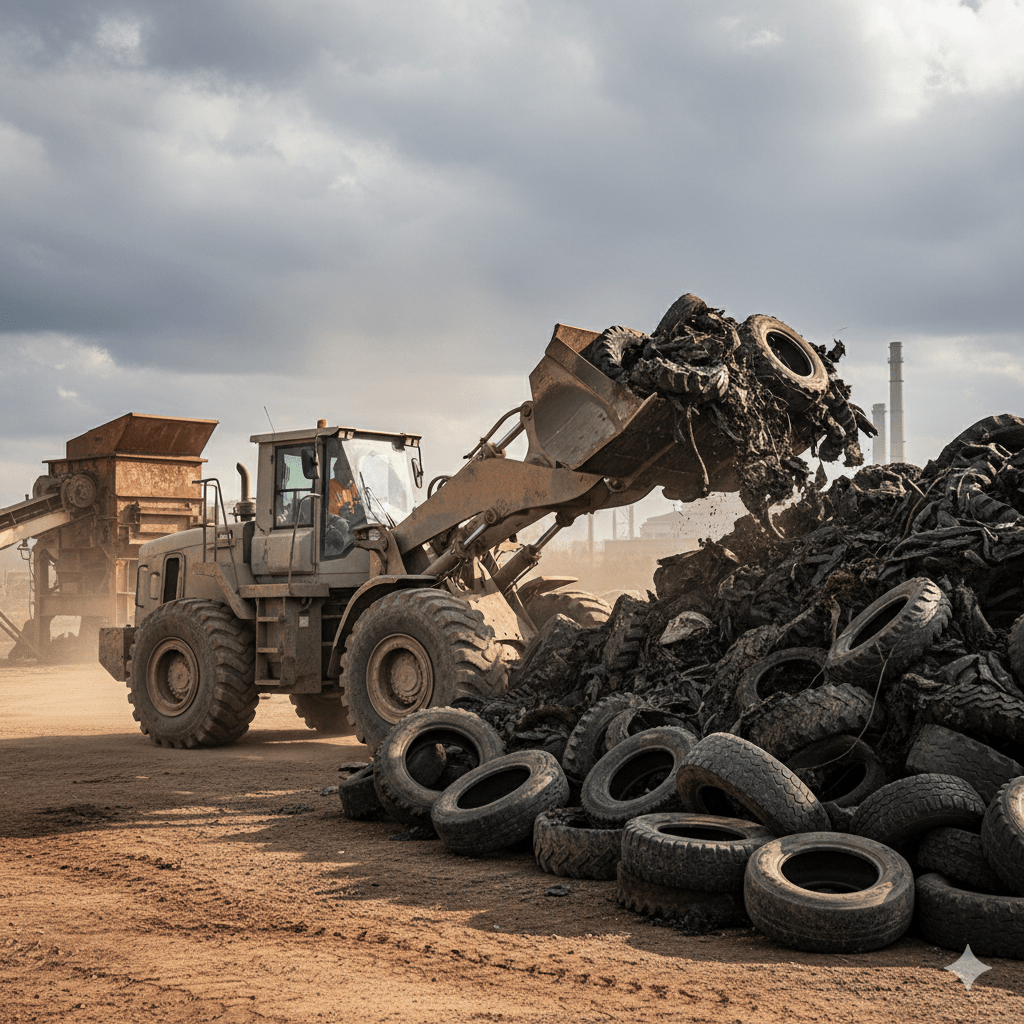Garages are where ambition goes to nap—you planned a gym but ended up with a landfill under lights. When it’s time to reclaim your space and sanity, garage cleanout services step in. Costs don’t come from vibes, they come from facts: volume, item type, access, city rules, and labor. Knowing these factors helps you budget smart and get your garage back.
Volume and Amount of Items in the Garage
Cost follows cubic yards, not square feet. Haulers think in truck or dumpster capacity, then multiply by trips.
- The air you occupy is the bill you pay. A 10–12 cu yd load covers a “lightly cluttered two-car,” a 15–20 cu yd load handles the full “we haven’t parked here since the Bush administration.”
- Density matters. Boxes of books and tile samples hit weight limits before a truck looks full. Tangles of pool noodles and camping gear look huge but weigh like regret.
- Loose chaos taxes time. Unboxed “miscellaneous” takes longer to handle than consolidated bins. Every extra minute is an extra dollar.
How to pay less: Flatten cardboard, nest totes, bag smalls, and stage bulky items near the door. Every minute you shave off handling is a minute you don’t buy.
Type of Waste and Materials for Disposal
Not all junk is created—or priced—equal. Some items ride cheap lanes; some need paperwork and a small prayer.
- Standard household goods: furniture, tools, sports gear—straightforward.
- Heavy materials: tile, masonry, drywall, solid wood, old gym plates—trigger weight-based fees fast.
- Appliances: fridges/freezers/AC units require refrigerant recovery; expect a surcharge per unit.
- E-waste: TVs, monitors, printers, UPS batteries—diverted from landfill with per-item fees (CRTs cost the most).
- Hazardous stuff: paint/solvents, pesticides, propane, automotive fluids—household hazardous waste (HHW) rules apply. Wrong bin = fines.
- Yard debris/green waste: often cheaper if kept separate and clean.
Pro move: Ask your hauler, “Which items change the rate?” Then isolate the offenders. Mixed loads cost; clean streams save.

Location Accessibility and Travel Time
Access either compresses your invoice or inflates it. Nothing neutral about it.
- Door-to-truck distance: A garage that opens to a driveway is budget heaven. Elevators, long hallways, tight side yards, or stairs add labor minutes that multiply.
- Parking reality: Street-only zones, permit-only neighborhoods, or gated communities slow everything. Time spent hunting for a legal spot gets billed somewhere.
- Terrain and weather: Gravel slopes and winter ice turn a 30-foot carry into a slow-motion obstacle course.
- Out-of-the-way addresses: Longer disposal runs mean fewer loads per day and more fuel.
Quick win: Clear a straight lane, reserve or hold parking, and move vehicles out before the crew arrives. Your quote gets kinder.
Local Dumping and Recycling Regulations
Your city doesn’t care about your timeline; it cares about its rules. Those rules move pricing.
- Fee model: Some facilities charge by ton, others by cubic yard. Heavy loads (books, ceramic, wet debris) punish ton-based markets; fluffy loads punish yard-based ones.
- Surcharges and bans: Mattresses, tires, e-waste, and appliances can’t ride with general trash—or they can, but you’ll pay a per-item toll.
- Recycling incentives: Clean metal, cardboard, and green waste often cost less if separated on-site (which takes labor—tradeoffs).
- Facility hours: If the recycler closes at 3:30 p.m., that “last quick run” might become “tomorrow,” which affects day rates.
Ask for: Which facilities they’re using, what the expected load count is, and whether you’ll receive dump/scale tickets. Transparency is how you keep the math honest.
Additional Services and Labor Requirements
You’re not just buying a truck; you’re buying crew hours and competence.
- Sorting vs. sweeping: “Take everything” is faster (cheaper) than “please sort donate/sell/recycle as you go.” If you want curation, budget for it.
- Disassembly: Wall racks, workbenches, overhead storage, saunas (why), and bolted safes add time for tools and teardown.
- Protection and cleanup: Floor runners, corner guards, magnet sweep for nails, and a final sweep/vac take minutes that save damage claims later.
- Donation runs: Coordinated drop-offs are great for tax receipts, but charity hours and rejection policies may add handling time.
- Special handling: Pianos, gun safes, commercial fridges—these bring extra hands, equipment, and liability coverage.
Cost-control checklist (print this):
- Stage keep/donate/trash zones before crew arrival.
- Unbolt what you can safely unbolt.
- Empty cabinets and benches into bags/totes.
- Pre-call a charity that actually accepts your items this week.
- Pre-pull HHW and e-waste to a separate corner.
Bottom line
Garage cleanout pricing doesn’t come from a dartboard. It comes from how much you’re tossing, what it is, how hard it is to move, what your city allows, and who has to do the fiddly parts. Stage smart, separate the expensive stuff, make access easy, and ask for receipts. Do that, and the invoice looks like a plan—not a punishment.






